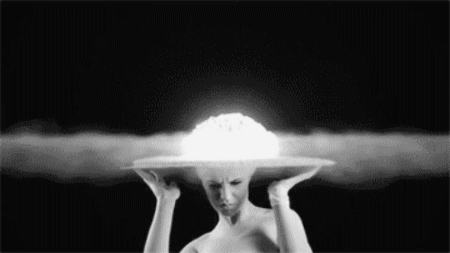
...Predictive processing argues that perception, action and cognition are the outcome of computations in the brain involving both bottom-up and top-down processing – in which prior knowledge about the world and our own cognitive and emotional state influence perception.
In a nutshell, the brain builds models of the environment and the body, which it uses to make hypotheses about the source of sensations. The hypothesis that is deemed most likely becomes a perception of external reality. Of course, the prediction could be accurate or awry, and it is the brain’s job to correct for any errors – after making a mistake it can modify its models to account better for similar situations in the future.
But some models cannot be changed willy-nilly, for example, those of our internal organs. Our body needs to remain in a narrow temperature range around 37°C, so predictive processing achieves such control by predicting that, say, the sensations on our skin should be in line with normal body temperature. When the sensations deviate, the brain doesn’t change its internal model, but rather forces us to move towards warmth or cold, so that the predictions fall in line with the required physiological state.
"A guide to why your world is a hallucination" (New Scientist)